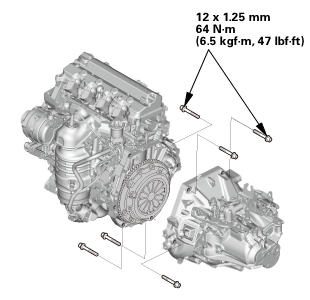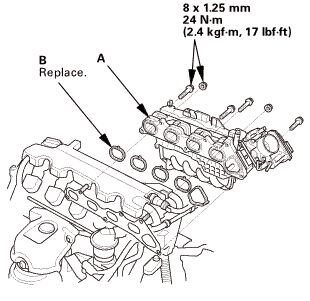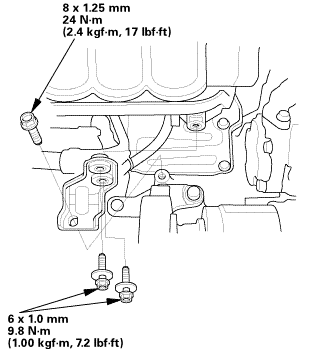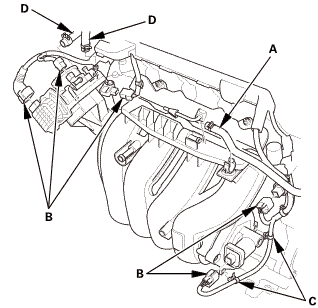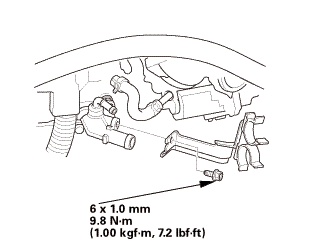Honda Civic Service Manual: Piston, Ring, Pin, and Connecting Rod Removal and Installation (R18Z1)

Removal
| 1. | Intake Manifold and Throttle Body Assembly |
|
|
|
|
|
|
|
|
|
|
|
|
|
|
|
| 2. | Engine Wire Harness |
|
|
|
| 3. | Manual Transmission Assembly (M/T) |
|
|
|
| 4. | Pressure Plate |
|
|
|
| 5. | Clutch Disc |
|
|
|
| 6. | Flywheel |
|
|
|
|||||||||
| 7. | Automatic Transmission Assembly (A/T) |
|
|
|
| 8. | Drive Plate Assembly |
|
|
|
| 9. | A/F Sensor (Sensor 1) |
|
|
|
| 10. | Exhaust Chamber Cover |
|
|
|
| 11. | Catalytic Converter and EGR Pipe Assembly |
|
|
|
|
|
|
| 12. | Thermostat Housing |
|
|
|
| 13. | Alternator |
|
|
|
| 14. | Lower Torque Rod Bracket (M/T) |
|
|
|
| 15. | Lower Torque Rod Bracket (A/T) |
|
|
|
| 16. | Intermediate Shaft Assembly |
|
|
|
|
|
|
||||||
| 17. | A/C Compressor Bracket |
|
|
|
| 18. | Water Pump Pulley |
|
|
|
| 19. | Auto Tensioner Assembly |
|
|
|
| 20. | Cylinder Head Cover and/or Packing |
|
|
|
|
|
|
| 21. | Check The No.1 Piston at Top Dead Center (With Cam Chain Case/Oil Pump) |
|
|
|
| 22. | Crankshaft Pulley |
|
|
|
| 23. | Engine Oil Pump Assembly |
|
|
|
|
|
|
| 24. | Cam Chain Auto-Tensioner |
|
|
|
||||||||||||
|
|
|
|
|
|
||||||||||||
|
|
|
| 25. | Cam Chain |
|
|
|
| 26. | Cylinder Head Assembly |
|
|
|
| 27. | Oil Pan Assembly |
|
|
|
|
|
|
| 28. | Engine Oil Strainer |
|
|
|
| 29. | Engine Baffle Plate |
|
|
|
| 30. | Connecting Rod Cap and The Bearing Half |
|
|
|
| 31. | Cylinder Lower Block Assembly |
|
|
|
|
|
|
|
|
|
|
|
|
| 32. | Crankshaft |
|
|
|
| 33. | Crankshaft Oil Seal, Transmission Side |
|
|
|
| 34. | Piston/Connecting Rod Assembly |
|
|
|
|
|
|
||||||||||||
| 35. | Piston Ring |
|
|
|
|||||||||
|
3. |
Using a piston that has its rings removed, push a new ring (A) into the cylinder bore 15-20 mm (0.59-0.79 in) from the bottom. |
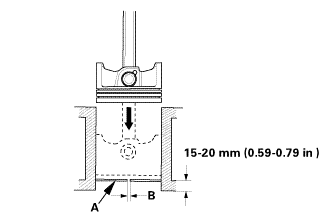
|
4. |
Measure the piston ring end-gap (B) with a feeler gauge: |
|||||||||||||||||||||||||||||
|
||||||||||||||||||||||||||||||
|
||||||||||||||||||||||||||||||
| 36. | Piston Pin |
|
|
|
||||||
|
|
|
|
|
|
 Inspection
Inspection
| 1. | Piston, Pin, and Connecting Rod and Piston Pin Hole Inspection |
|
1. |
Measure the diameter of the piston pin. |
|||||||||
|
||||||||||
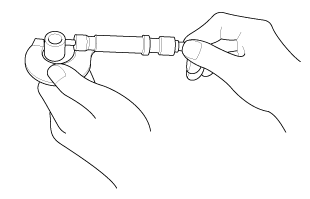
|
|
|
|
3. |
Check the difference between the piston pin diameter and the piston pin hole diameter in the piston. |
|||||||||
|
||||||||||
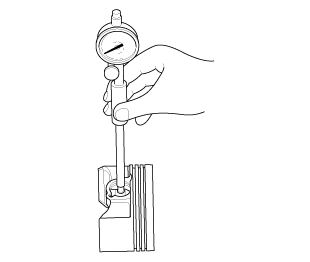
|
4. |
Measure the piston pin-to-connecting rod clearance. |
|||||||||
|
||||||||||
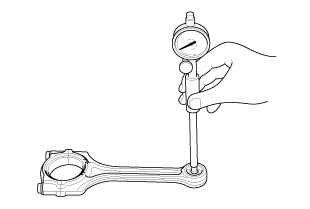

Installation
| 1. | Piston Pin |
|
|
|
|
|
|
|
|
|
| 2. | Piston Ring |
|
|
|
|
|
|
| 3. | Piston/Connecting Rod Assembly |
|
|
|
|
|
|
| 4. | Crankshaft |
|
|
|
||||||
|
|
|
| 5. | Main Bearing Clearance Inspection |
|
|
|
||||||||||||||||||||||||||
|
|
|
||||||||||||||||||||
| 6. | Crankshaft Main Bearing - Selection |
|
|
|
|
|
|
|
|
|
|||||||||||||||||
| 7. | Cylinder Lower Block Assembly |
|
|
|
|||||||||||||||||||||||
|
|
|
|
|
|
|
|
|
|
|
|
|||||||||||||||||
| 8. | Connecting Rod Bearing Clearance Inspection |
|
|
|
|||||||||||||||||||||||||||||||||||||||||||
| 9. | Connecting Rod Bearing Selection |
|
1. |
Inspect each connecting rod for cracks and heat damage. |
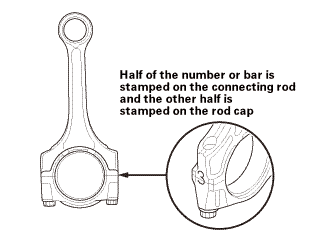 redandrunisind
redandrunisind
|
2. |
Each connecting rod has a tolerance range from 0 to 0.024 mm (0.00094 in), in 0.006 mm (0.00024 in) increments, depending on the size of its big end bore. It's then stamped with a number or bar (1, 2, 3, or 4/l, ll, lll, or llll) indicating the range. You may find any combination of numbers and bars in any engine. (Half the number or bar is stamped on the rod cap, the other half is on the connecting rod.) If you cannot read the code because of an accumulation of oil and varnish, do not scrub it with a wire brush or scraper. Clean it only with solvent or detergent. |
|||||
|
||||||
|
|
|
|
|
|
|||||||||||||||||
| 10. | Connecting Rod Cap and The Bearing Half |
|
|
|
|
|
|
|||||||||
| 11. | Engine Baffle Plate |
|
|
|
| 12. | Engine Oil Strainer |
|
|
|
| 13. | Oil Pan Assembly |
|
|
|
|||||||||||||||||||||||
|
|
|
|
|
|
|||||||||||||||||
| 14. | Cylinder Head Assembly |
|
|
|
|
|
|
|
|
|
|
|
|
||||||
| 15. | Set The No.1 Piston at Top Dead Center (Without Cam Chain Case/Oil Pump) |
|
|
|
| 16. | Cam Chain |
|
|
|
|
|
|
|
|
|
| 17. | Cam Chain Auto-Tensioner |
|
|
|
||||||
|
|
|
|
|
|
| 18. | Engine Oil Pump Assembly |
|
|
|
||||||||||||||||||||||||||
|
|
|
||||||||||||||
|
|
|
||||||||||||||||||||||||||||||
| 19. | Crankshaft Oil Seal, Transmission side |
|
|
|
|
|
|
||||||||||
| 20. | Crankshaft Pulley |
|
|
|
|
|
|
|
|
|
|||||||||||||
|
|
|
||||||||||
| 21. | Valve Clearance Adjustment |
|
|
|
|
2. |
Select the correct feeler gauge for the valve clearance you are going to check. |
|||||||||
|
||||||||||
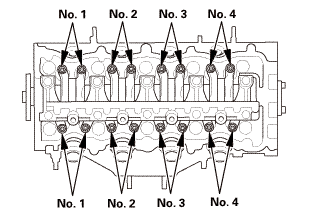 no!
no!
|
|
|
|
|
|
|||||||||||||||
|
|
|
|
|
|
|
|
|
| 22. | Cylinder Head Cover and/or Packing |
|
|
|
|||||||||||||||
|
|
|
||||||||||||||||||||
|
|
|
||||||||||||||||||||
|
|
|
| 23. | Auto Tensioner Assembly |
|
|
|
| 24. | Water Pump Pulley |
|
|
|
| 25. | A/C Compressor Bracket |
|
|
|
| 26. | Intermediate Shaft Assembly |
|
|
|
||||||
|
|
|
| 27. | Lower Torque Rod Bracket (M/T) |
|
|
|
| 28. | Lower Torque Rod Bracket (A/T) |
|
|
|
| 29. | Alternator |
|
|
|
| 30. | Thermostat Housing |
|
|
|
| 31. | Catalytic Converter and EGR Pipe Assembly |
|
|
|
|
|
|
| 32. | Exhaust Chamber Cover |
|
|
|
| 33. | A/F Sensor (Sensor 1) |
|
|
|
| 34. | Drive Plate Assembly |
|
|
|
| 35. | Automatic Transmission Assembly (A/T) |
|
|
|
| 36. | Flywheel |
|
|
|
|
|
|
| 37. | Clutch Disc |
|
|
|
||||||||||||
| 38. | Pressure Plate |
|
|
|
|
|
|
|||||||||||||||||||||||||||||||||
| 39. | Manual Transmission Assembly (M/T) |
|
|
|
| 40. | Engine Wire Harness |
|
|
|
| 41. | Intake Manifold and Throttle Body Assembly |
|
|
|
|
|
|
|
|
|
|
|
|
|
|
|
 Connecting Rod Bolt Inspection (K24Z7)
Connecting Rod Bolt Inspection (K24Z7)
Inspection
1.
Connecting Rod Bolt - Inspection
1.
Measure the diameter of each connecting rod bolt at point A and point
B.
35mmzomm
...
 Cylinder Head
Cylinder Head
...
See also:
Honda Civic Owners Manual. Playing Pandora’
Your audio system allows you to listen to music from the Pandora’ app on a
compatible smartphone.
This function is available when the phone is paired and connected to the
vehicle’s
Bluetooth’ HandsFreeLink’ (HFL) system, or with an iPhone, you can connect using
your USB cable to the ...

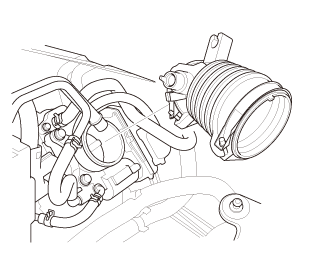
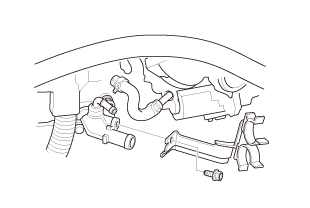
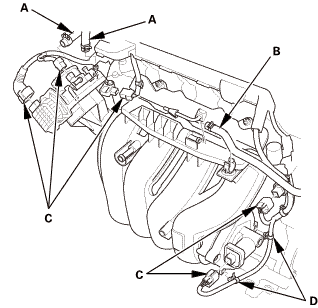
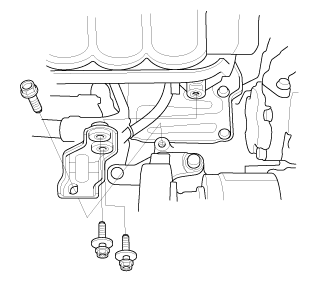
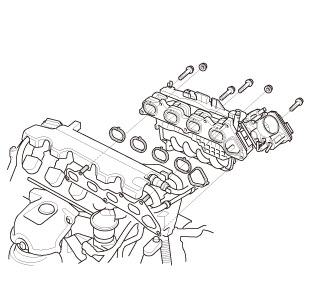
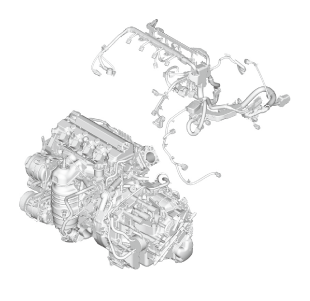
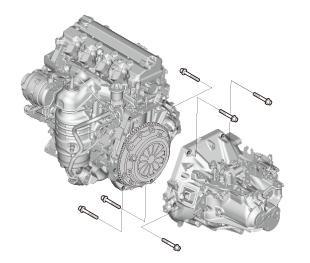
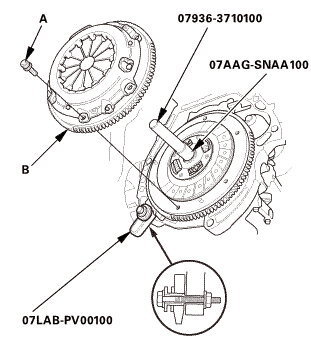
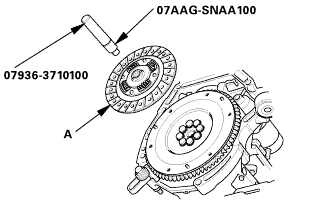
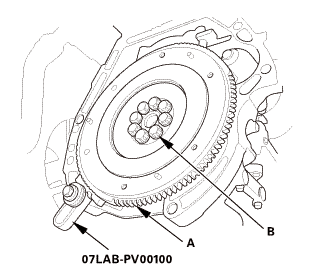 n7lab-wnolun
n7lab-wnolun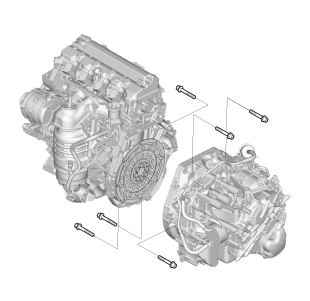
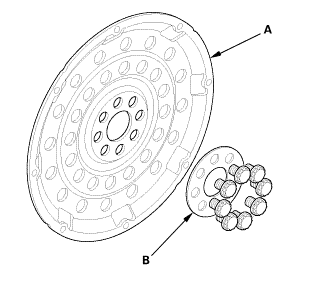
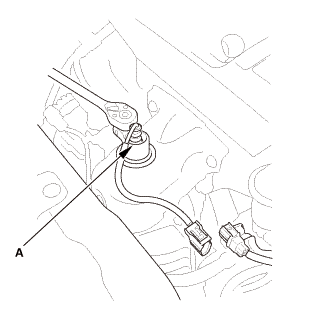
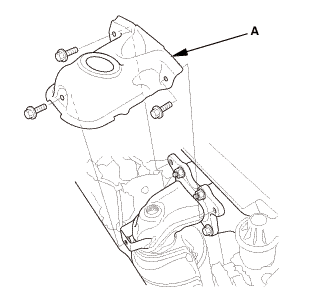
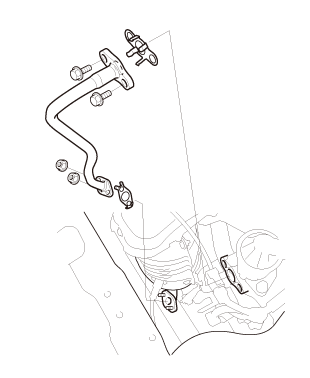
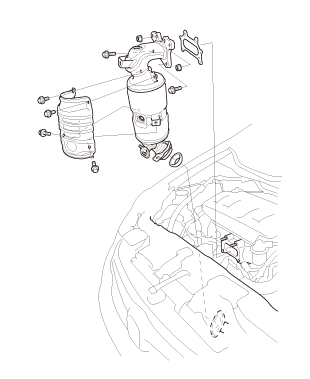
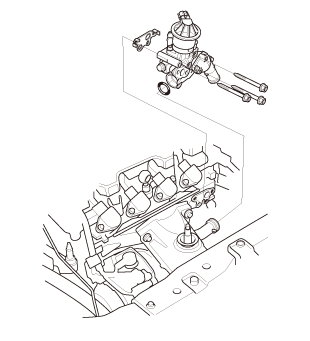
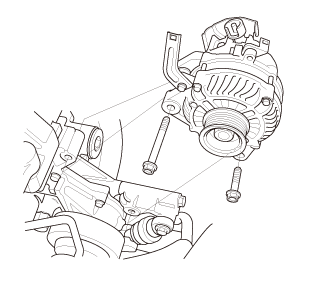
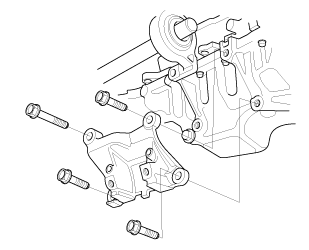
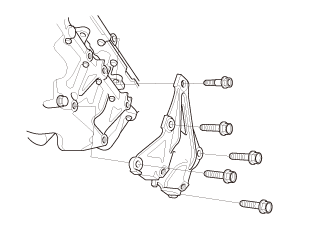
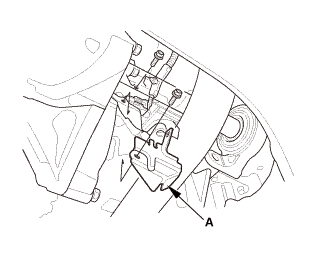
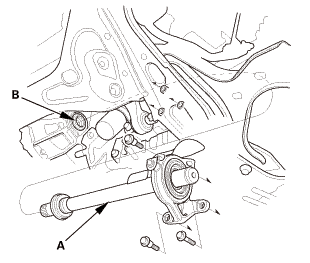
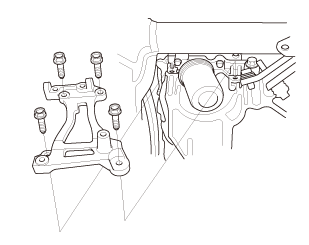
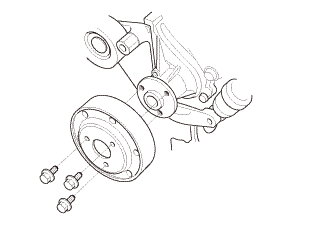
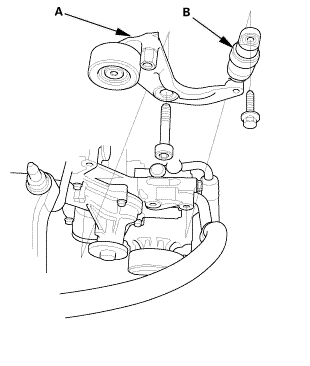
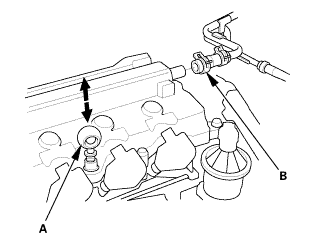
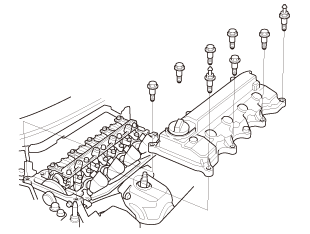
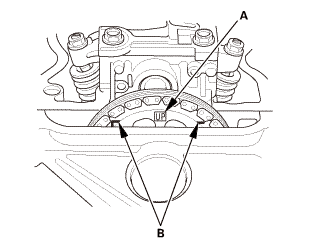
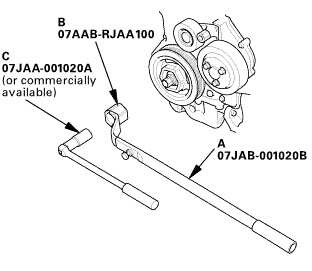 [av
[av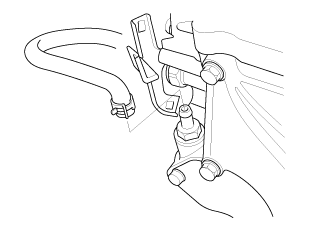
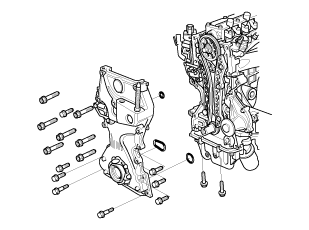
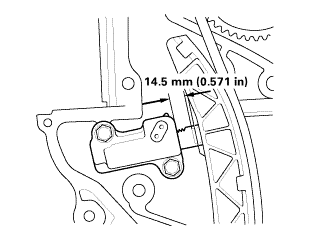
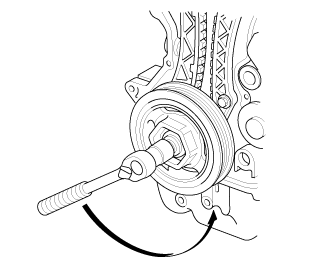
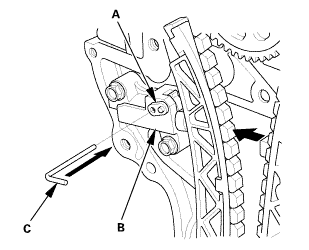
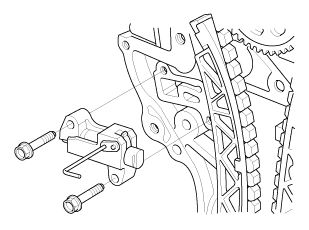
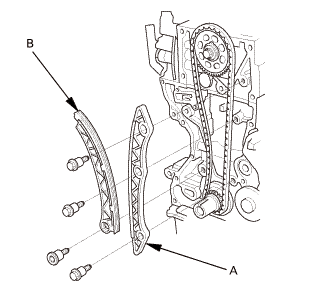
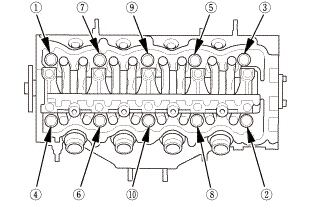
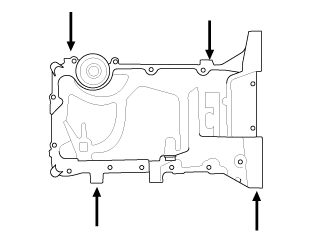
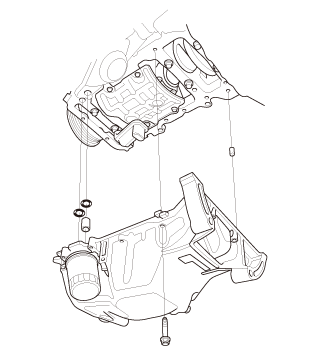
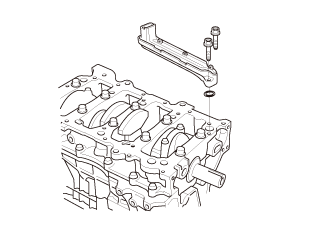
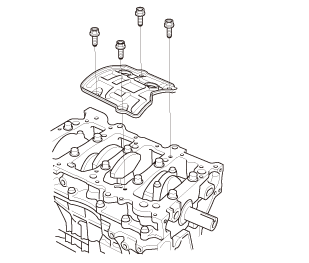
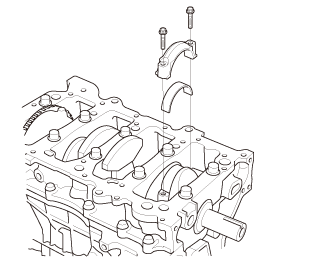
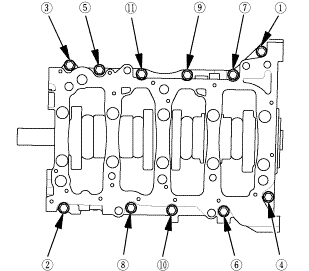
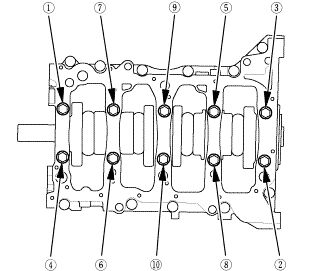
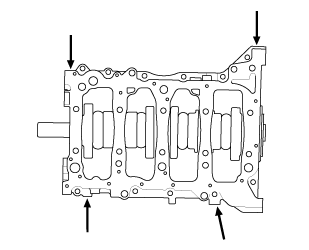
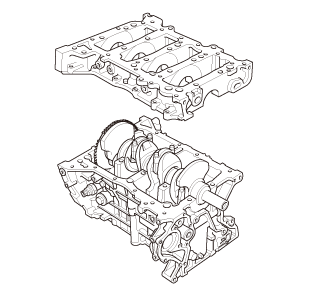
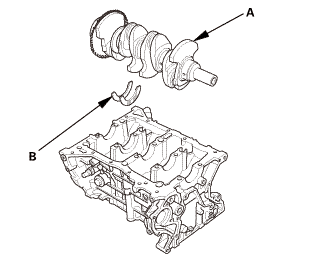
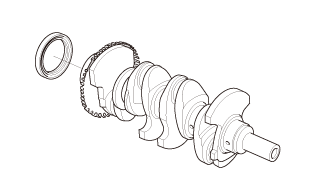
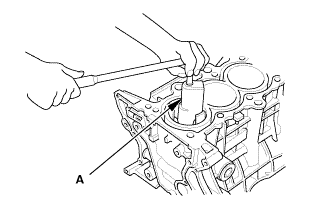
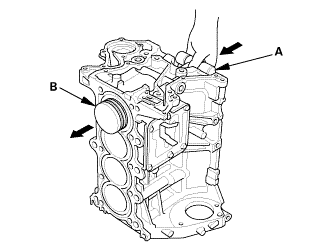
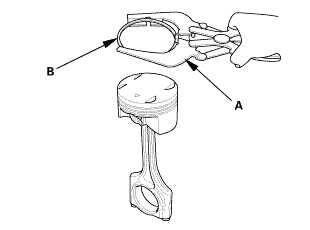

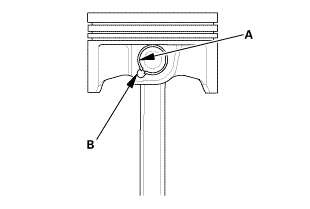
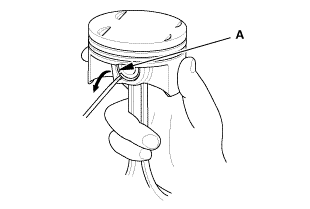
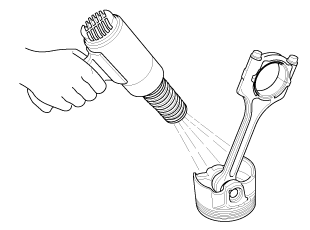
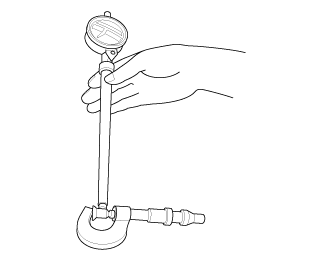
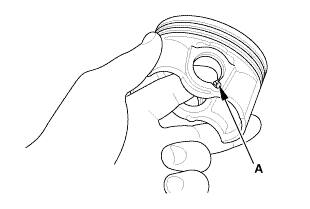
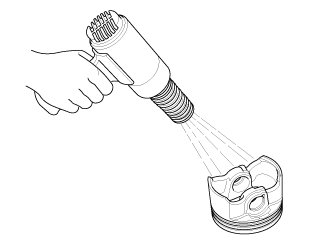
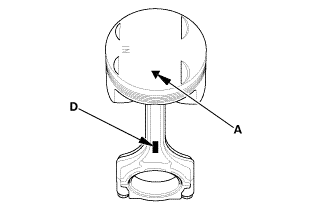
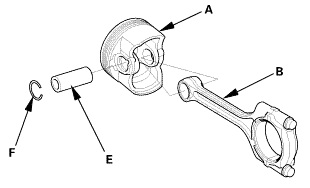
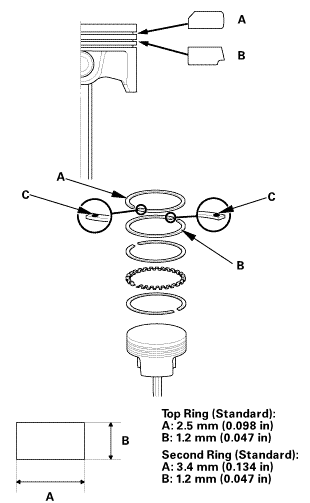 a.z.a.mmim
a.z.a.mmim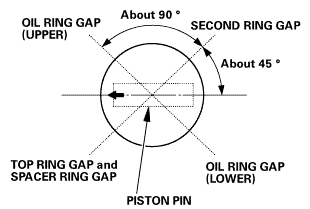 oilringgaprowgapoilamupgapnsrou
oilringgaprowgapoilamupgapnsrou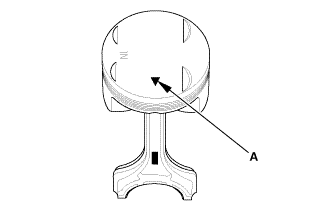
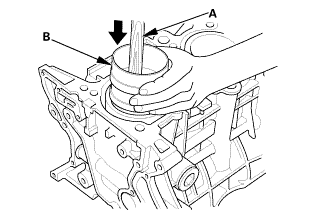
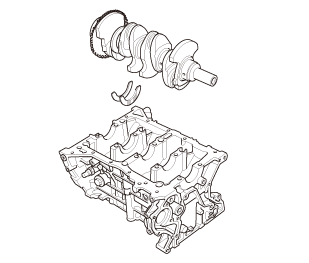
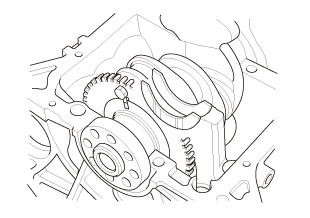
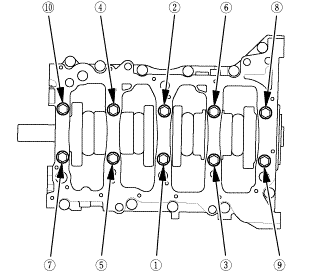
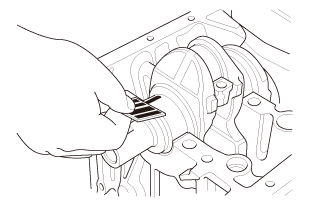
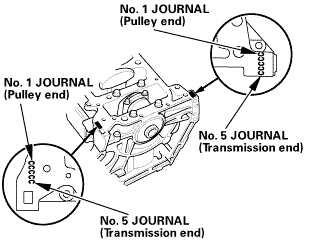 na.nono
na.nono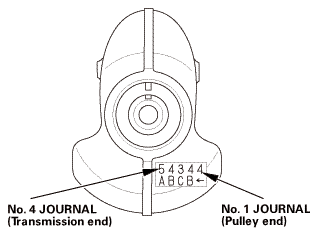 nojournal
nojournal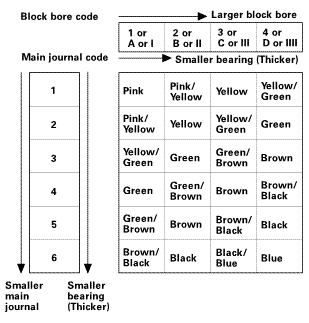 bunamvllluwgemam,inwmam;
bunamvllluwgemam,inwmam;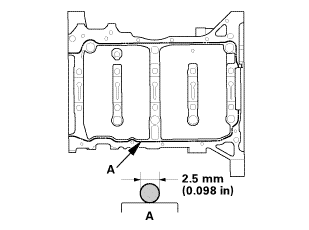
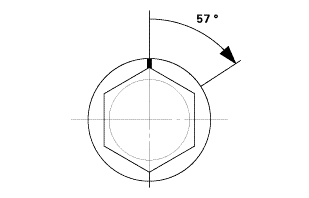
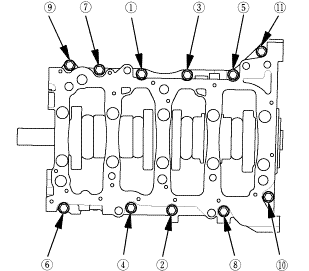
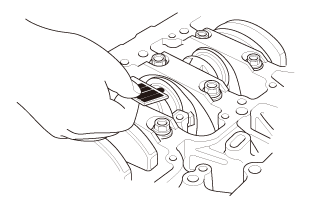
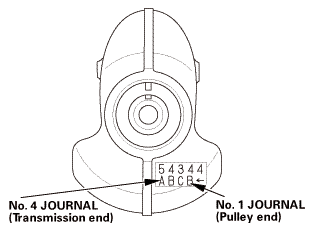 (pulley
(pulley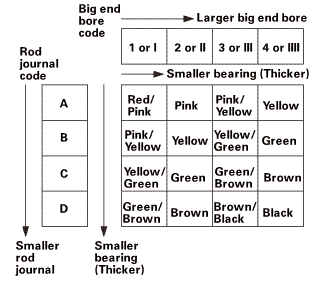 a.ndendam,amznvllred/pink/pinkvellawpink/emwnbrawnsmnllevmd
a.ndendam,amznvllred/pink/pinkvellawpink/emwnbrawnsmnllevmd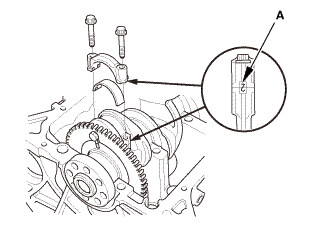
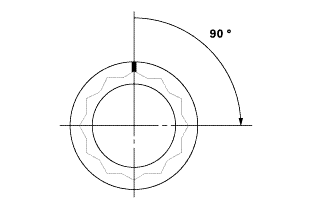
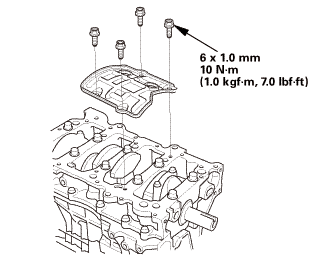
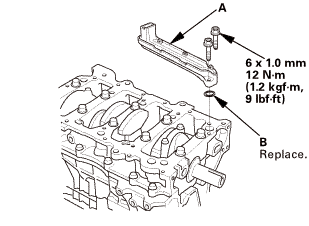
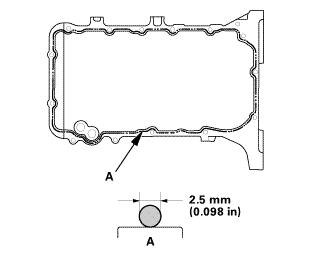 mm
mm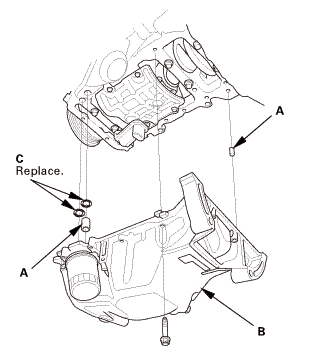
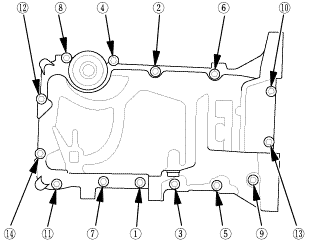
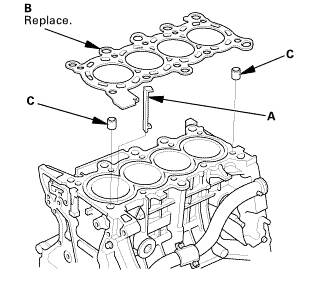
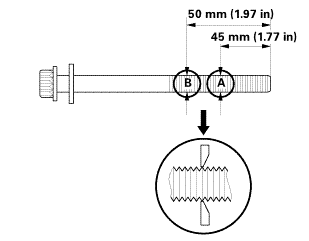 inmmam
inmmam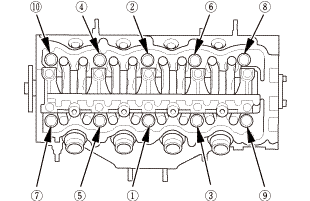
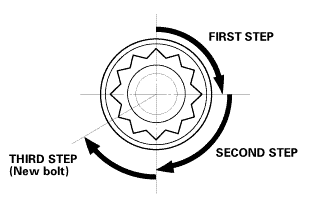 secounstep
secounstep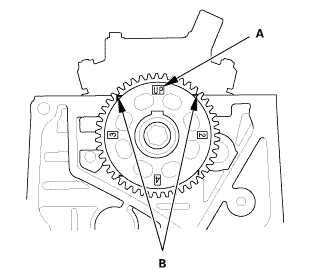
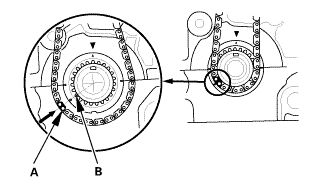
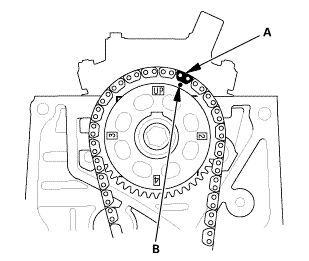
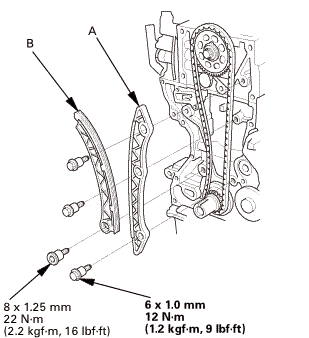 ...,is(1.2
...,is(1.2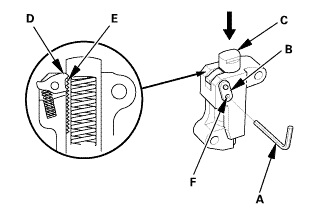
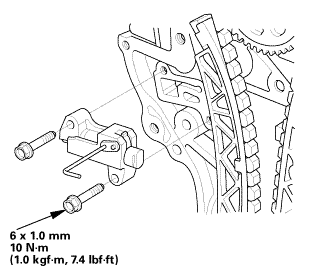 nokvf-in.
nokvf-in.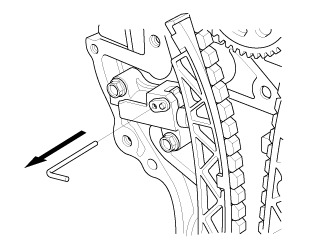
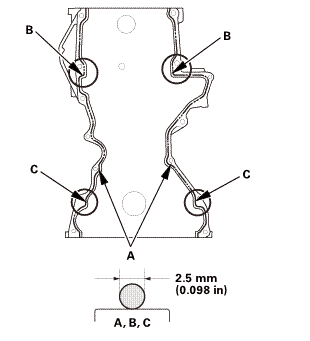
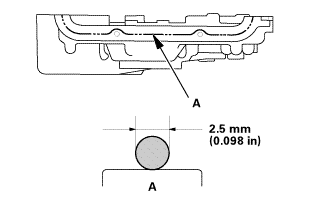
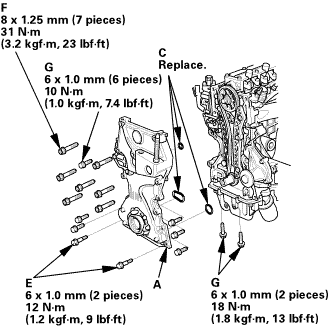 25mm(7(32k1n1omm12
25mm(7(32k1n1omm12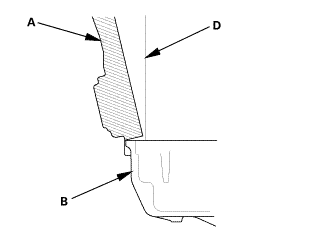
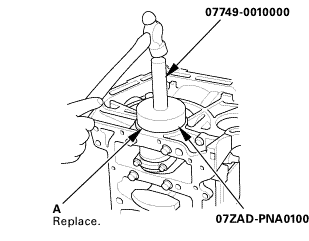
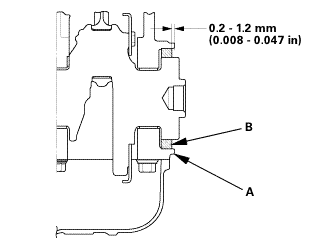
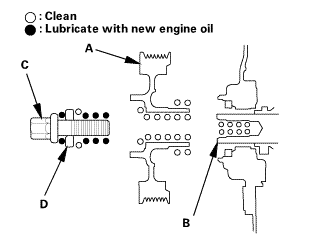
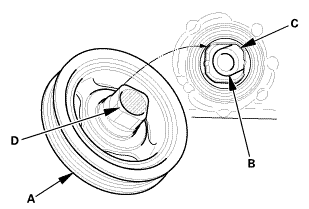
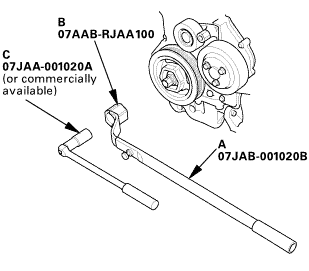 o7jaanmo2oa
o7jaanmo2oa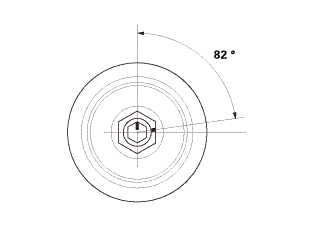
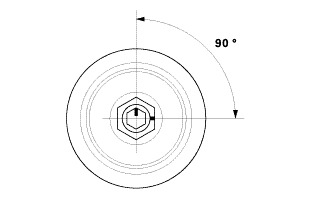
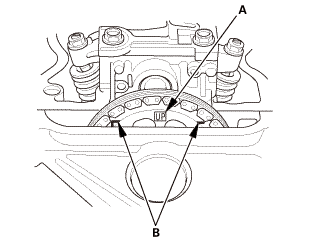
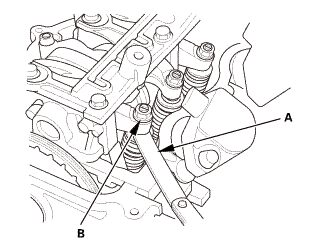
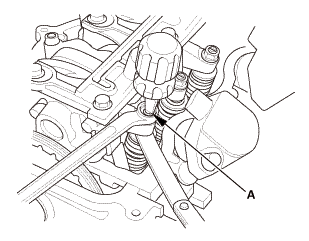
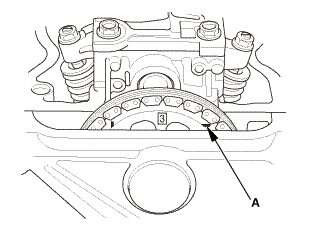
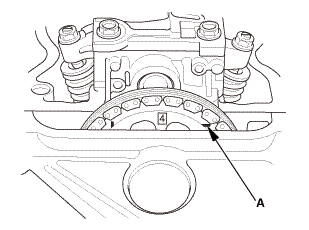
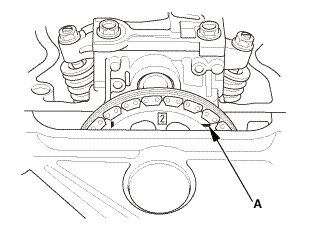
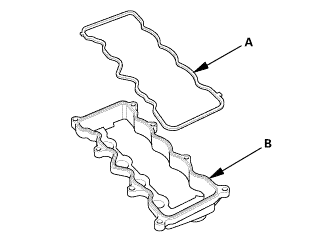
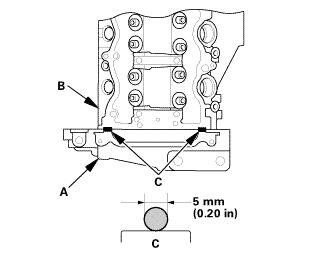
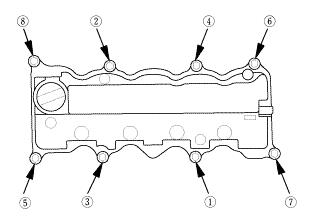
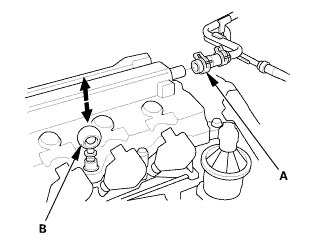
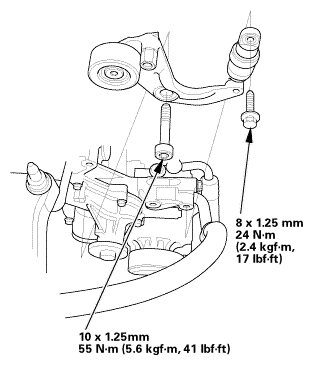 inl.25mmssn-m
inl.25mmssn-m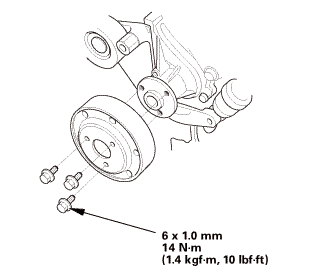
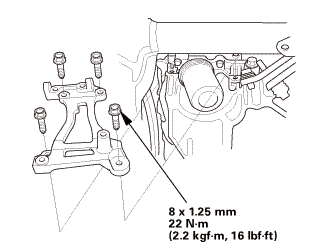
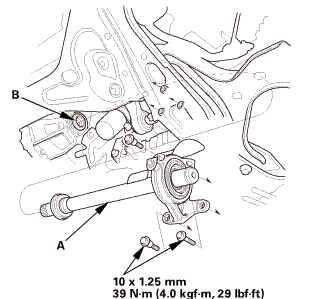 inmmn-mu.o
inmmn-mu.o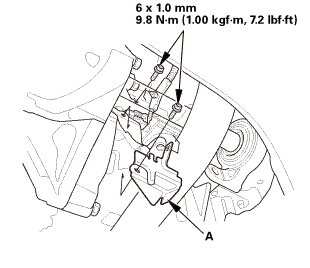 mms.
mms.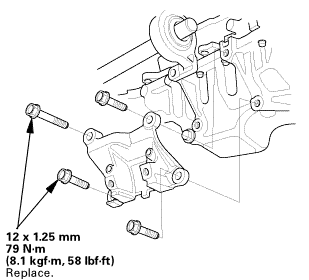 mm
mm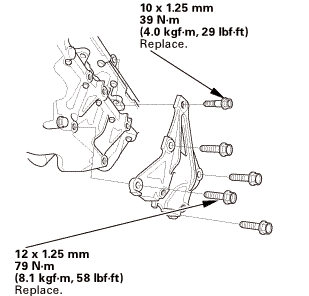 u.z5mm75n-mmm
u.z5mm75n-mmm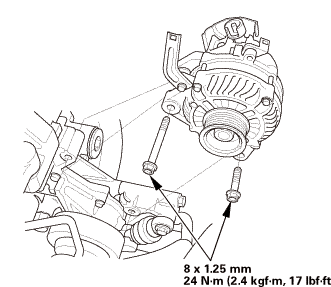
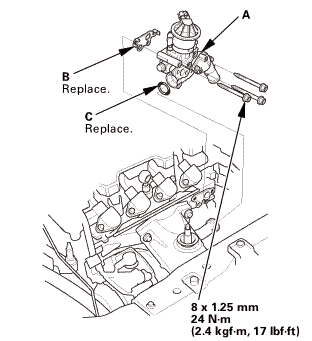 11
11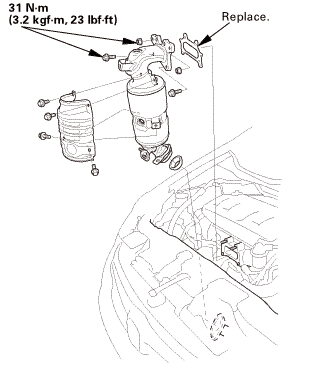 num(2.2m.2:m41!
num(2.2m.2:m41!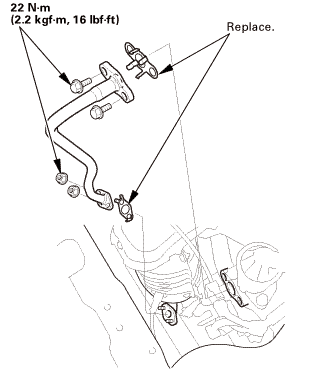 22n-m
22n-m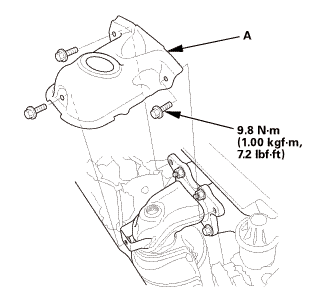
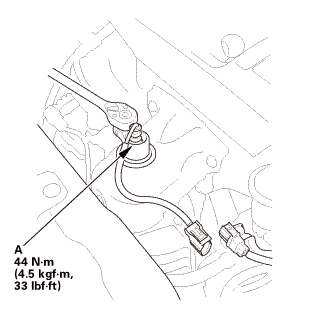
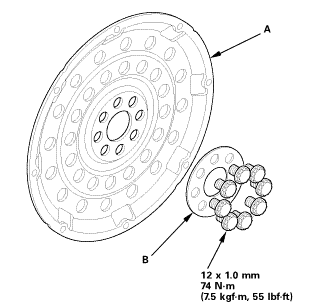 55
55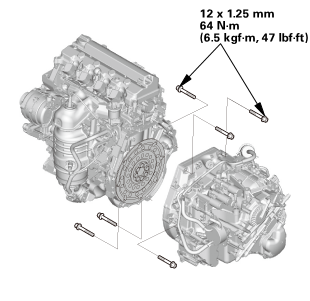 usmmn-mlbml)
usmmn-mlbml)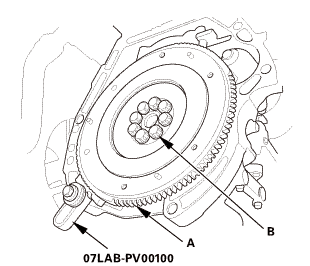
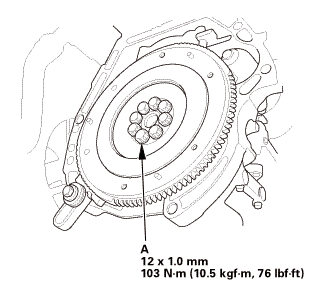 :2minn-inno
:2minn-inno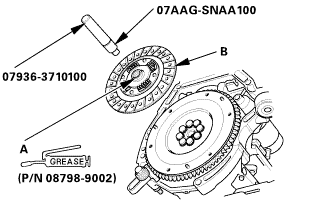 (pm
(pm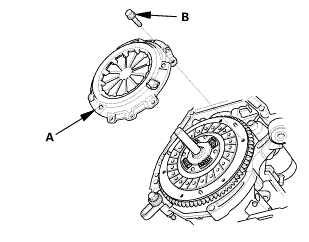
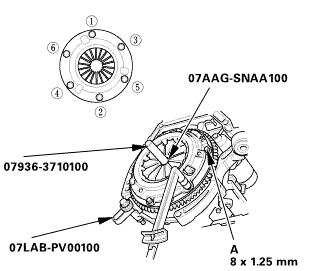 a7aag-suaa1aa
a7aag-suaa1aa